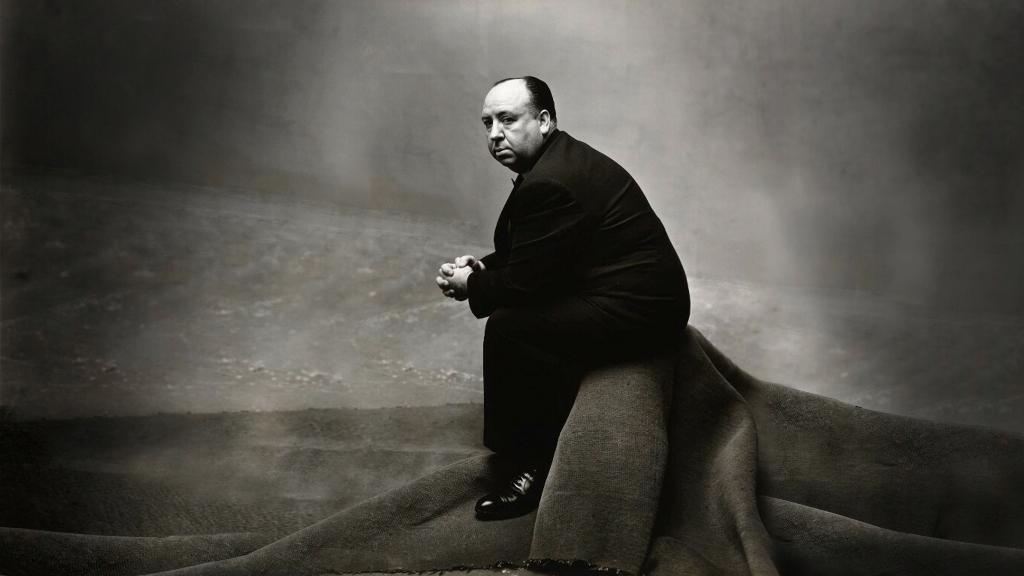Audrey Hepburn is remembered as a vibrant star of the screen during Hollywood’s Golden Age. This beautiful fashion icon is associated with the little black dress, “Breakfast at Tiffany’s,” and the humanitarian work to which she dedicated her life after she left behind the glamour of Hollywood. To her younger son, though, the image of movie star Hepburn was a faint shadow of the warm, colorful Mrs. Dotti and the woman he knew as “Mum.”
Recipes and Memories
If you’re looking for a book all about the regime of becoming a Hollywood star, Hepburn’s ill-fated romance with William Holden, or behind-the-scenes gossip from the making of “War and Peace,” this isn’t it. Dotti wasn’t yet born when all those things took place, and he didn’t speak much with his mother about that chapter of her life.It wasn’t that she was afraid or unwilling to recount her days of Hollywood stardom; she still was good friends with many former co-stars, fellow actors, and favorite directors. It’s just that Dotti had no role and no real interest in that foreign world. Instead, he tells what he saw, experienced, and heard firsthand from his mother. Unlike many celebrities’ children, Dotti has warm, fond memories of her.
The book begins with a six-page introduction, the closest thing to a formal biography you’ll find in this volume. Here, Dotti invites the reader into the personal stories of his childhood and family life by presenting the dichotomy that was his sonhood. He was simultaneously aware that his mother was a great celebrity in a past life yet unable to fully understand this glossy alter ego of the down to earth woman he knew.
Diet for Life
It’s impossible to look at pictures of Hepburn from any stage of her life without wondering why or how she remained so thin. Type anything about Hepburn’s slenderness into a search engine, and you’ll find dozens of articles with clickbait titles about her special diet, weight loss secrets, and one trick for staying thin. Like most clickbait titles, they lead to articles with nothing to back them up.She had no special diet, weight loss trick, or eating disorder. Hepburn’s trademark svelte body could be attributed to natural characteristics, but it also was a symptom of her malnutrition during World War II. Already a frail girl, she developed edema, asthma, and anemia during the years she struggled to survive on endives, tulip bulbs, and nettles.
Hepburn’s prized her slender figure, but her wartime experiences taught her what a blessing it was to savor nourishing food with loved ones. The recipes in the book reflect the variety she had in her diet. She loved fresh produce from her garden, but her menus featured a lot more than salads and vegetables. The recipes in this book tell the story of Hepburn’s life through the food that had a special place in her heart and her kitchen.
Many recipes are traditional European dishes, from the Dutch roots of her childhood to the Italian inspiration of her second marriage. There are creative preparations of baked potatoes, many types of pasta, and numerous desserts. Each recipe has detailed ingredients and clear instructions, often including helpful cook’s tips on choosing the right ingredients and getting the preparation just right.
Although she loved many types of food, Hepburn had definite favorites. On Sunday mornings, she would usually treat herself to breakfasting in bed on homemade madeleines with cherry jam or quince jelly. Since she was a self-described pasta addict, there are more recipes for pasta dishes than anything else in the book. These range from authentic Italian preparations of gnocchi to her favorite “junk food,” penne with ketchup. This quirky British concoction was a comfort food she enjoyed with her son in front of the television when she just wanted to relax.
A Culinary Journey
When you admire a celebrity, it’s natural to be curious about that person’s real life. It can be disappointing to discover that most articles and biographies focus on the negative aspects of a life, magnifying scandals and tragedies to boost readership. In this world of sensationalist journalism, this biographical cookbook is a refreshing aperitif.Anyone interested in Hollywood history is sure to love it. For a Hepburn fan, it’s an absolute must. This book is an essential addition to any historical culinary library. It’s available in a hardbound or digital edition from Barnes & Noble and Amazon, so it’s delightfully easy to add to your collection.
I wouldn’t call “Audrey at Home” a loving portrait; that sounds too formal and posed. I would say it’s a candid snapshot of a happy moment around the kitchen table.









